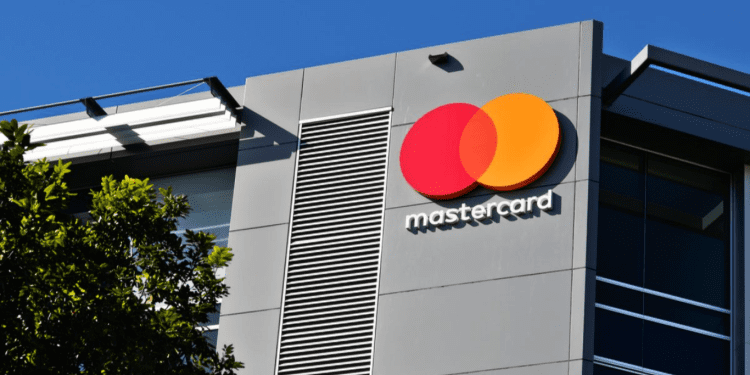- Mastercard introduces MTN to enable more fluid payment with CBDCs.
- MTN will integrate with the Reserve Bank of Australia.
With the Multi-Token Network (MTN) introduction, Mastercard aims to unlock the full potential of blockchain capabilities and tokenization, enabling secure, scalable, and interoperable transactions within the digital asset ecosystem.
Establishing Trustworthiness
Building trusted networks necessitates effective identity management and permissions. Mastercard leverages its Crypto Credential solution to provide common verification standards, fostering trust between consumers and businesses on blockchain networks.
Stable, regulated, scalable payment tokens are essential to power payment applications. Mastercard has conducted tests using tokenized bank deposits between financial institutions, settling transactions through its existing network. Complementing these efforts, MTN will support and enhance regulated payment tokens, driving secure financial applications.
Scalability and Interoperability
Ensuring safe token and asset transfers across blockchain networks relies on scalability and interoperability. Mastercard’s partnership with the Reserve Bank of Australia (RBA) in the CBDC pilot showcases how CBDCs can seamlessly facilitate asset purchases on public blockchains. MTN aims to offer these capabilities across all supported payment tokens and networks, prioritizing scalability and interoperability.
MTN Beta Testing
Mastercard plans to launch the beta version of MTN in the UK this summer, acting as a testbed for live pilot applications and use cases involving financial institutions, fintech firms, and central banks.
Initially focusing on tokenized bank deposits, Mastercard envisions expanding MTN to additional markets worldwide. This ambitious project demonstrates Mastercard’s commitment to providing safe, accessible, and dependable payment solutions within the digital asset realm.
Mastercard’s Ongoing Growth
Continuously expanding its operations globally, Mastercard actively seeks partnerships and explores opportunities in the digital asset landscape. Collaborating with Australian digital payments company Stables, Mastercard enables stablecoin payments in Asia-Pacific, empowering users to transact with USDC at Mastercard-accepting locations.
Conclusion
Mastercard’s introduction of the MTN marks a significant milestone in revolutionizing digital assets. By leveraging its expertise in payments and fostering trust within the digital asset ecosystem, Mastercard aims to facilitate secure, scalable, and interoperable transactions.
Through MTN, Mastercard is dedicated to supporting the broader digital asset industry and instilling confidence in its future. As Mastercard continues to innovate and expand its offerings, the potential for a transformative shift in the global financial landscape becomes increasingly tangible.














